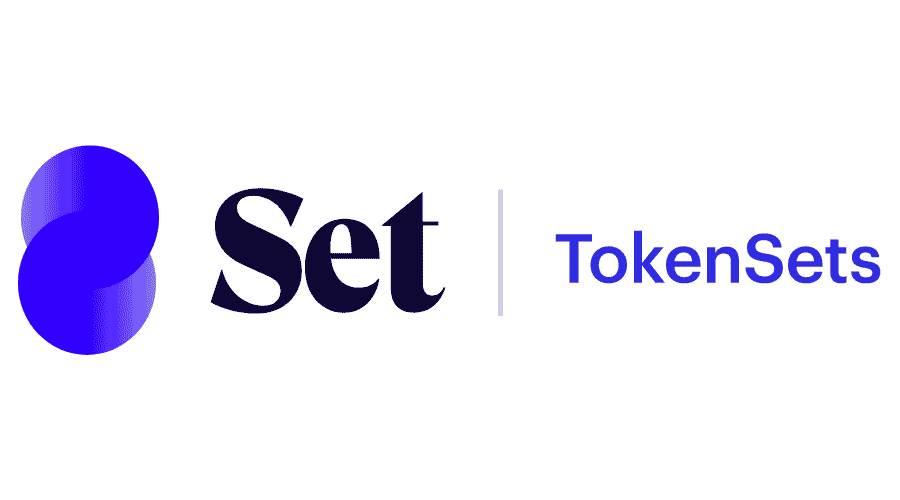How to Earn Crypto Passively Without Trading
- Slava Jefremov
- Aug 14
- 5 min read

Key Takeaways
Crypto index funds and ETFs give investors diversified exposure to multiple digital assets, enabling passive income generation without active portfolio management.
Both centralized and decentralized formats exist — ETFs trade on stock exchanges, while DeFi-native index tokens are accessible through Web3 wallets.
Income streams may include asset appreciation, staking rewards, DeFi yields, or covered call option premiums, depending on the product’s structure.
Risks include market volatility, smart contract vulnerabilities, and management fees, making due diligence essential before investing.
Introduction
If you’re interested in gaining exposure to cryptocurrencies but would rather avoid the stress of constant trading, passive investing can be an excellent alternative. Much like in traditional finance, crypto index funds and exchange-traded funds (ETFs) allow investors to benefit from a broad selection of digital assets without needing to identify individual winners.
These instruments provide a convenient way to generate passive income from crypto, and with the emergence of decentralized versions and tokenized ETFs, the range of available options is growing quickly.
This guide explores how you can use index funds and crypto ETFs to earn passive returns, the types available, income mechanisms, and the associated risks.
What Are Crypto Index Funds and ETFs?
Crypto index funds and ETFs share a similar goal — to provide exposure to a diversified set of cryptocurrencies without the need to actively manage or rebalance holdings. However, they cater to different types of investors.
Crypto Index Funds
These pooled investment vehicles track a carefully selected basket of cryptocurrencies, often the top 10 or 20 by market capitalization. Funds are rebalanced periodically to reflect market changes, providing passive, long-term exposure. Comparable to mutual funds in traditional finance, they are usually offered through crypto-native platforms and can be:
Centralized – Managed by professional firms or brokerages, often focusing on capital appreciation or covered call income.
Decentralized/Tokenized – Operated onchain via smart contracts in the DeFi ecosystem, typically governed by a DAO or community. These may integrate staking and DeFi yield strategies.
Crypto ETFs
ETFs are traded on traditional stock exchanges (e.g., NYSE) and mirror the price of a specific cryptocurrency or a curated basket of digital assets. Investors buy and sell ETF shares like stocks, making them appealing for those who prefer using brokerage accounts. Examples range from single-asset ETFs like ProShares’ BITO to multi-asset or yield-generating options such as Harvest Portfolio’s high-income crypto ETFs.
Why Use Crypto Index Funds and ETFs for Passive Income?
In cryptocurrency markets, passive income means earning from your holdings without frequent trading. Given the volatility of the space, a hands-off approach can help investors grow wealth more steadily and reduce emotional decision-making.
By offering built-in diversification, these funds spread risk across multiple assets — avoiding an all-or-nothing bet on a single coin. They’re well-suited for long-term investors looking for growth, yield, or both.
Common passive income sources for these products include:
Asset appreciation of underlying holdings such as BTC, ETH, or SOL.
Staking rewards (for funds containing proof-of-stake coins).
DeFi yields (for decentralized, tokenized indexes).
Income distributions, such as monthly payouts (offered by certain ETFs).
Examples of Crypto Index Funds for Passive Investing in 2025
Bitwise 10 (BITW)
Tracks the top 10 cryptocurrencies by market cap, rebalanced monthly. Accessible via traditional brokerage accounts, BITW enables exposure to the wider crypto market without managing individual coins.

TokenSets
A decentralized platform offering products like the DeFi Pulse Index (DPI) and Metaverse Index (MVI). Fully onchain with transparent, automated management, these tokens can be held in Web3 wallets, staked for extra yield, or used in other DeFi protocols.

Nasdaq Crypto Index (NCI)
Designed to track USD-traded digital assets with a strong Bitcoin weighting. It includes leading cryptocurrencies such as ETH, SOL, and XRP, offering broad exposure.

Examples of Crypto ETFs for Passive Investing
The approval of Bitcoin ETFs in the US in early 2024 transformed the market, giving investors a regulated, accessible entry into crypto without needing private keys or crypto wallets.
ProShares Bitcoin Strategy ETF (BITO)
The first US-approved Bitcoin futures ETF (October 2021), tracking CME Bitcoin futures rather than spot BTC. Popular for its liquidity and accessibility, despite not holding actual Bitcoin.
Purpose Bitcoin Yield ETF (BTCY)
A Canadian-listed ETF combining Bitcoin exposure with covered call writing to generate monthly income. Appeals to investors seeking both steady cash flow and BTC’s upside potential.
Harvest Bitcoin and Ethereum Enhanced Income ETF (HBEE)
Generates high monthly income by writing covered calls on BTC and ETH. While it provides regular income, it may underperform in strong bull markets due to capped upside.
How to Invest in Crypto ETFs and Index Funds
Centralized Platforms – Use stockbrokers for ETFs (e.g., BITO, BTCY) or crypto exchanges like Coinbase, Binance, or Bitwise for index funds.
Decentralized Platforms – Connect a Web3 wallet (MetaMask, etc.) to platforms like Index Coop or TokenSets to purchase index tokens or create custom portfolios.
Hodling vs. Trading: The Risks Involved
Passive investing means buying and holding (hodling) rather than frequent trading. However, ETFs can still be traded like stocks, allowing for liquidity during volatile periods, tax-loss harvesting opportunities, and flexible exits. Still, excessive trading may defeat the purpose of passive strategies.
Key risks include
Market volatility – Crypto prices can swing dramatically.
Smart contract risks – Relevant to decentralized products.
Management fees – Often 1%–2% annually.
Tracking error – Funds may not perfectly mirror the target index.
Taxation of Passive Income from Crypto ETFs and Index Funds
Tax rules differ significantly by jurisdiction:
In the US, ETFs are taxed based on capital gains (short- or long-term).
Sales of index fund tokens are treated like standard crypto asset transactions.
Staking rewards may be taxed as income.
For decentralized index funds like DPI, tax reporting can be more complex due to rebalancing events or token swaps creating additional taxable events. Always seek professional tax advice, especially when engaging with DeFi protocols or cross-border investments.
Conclusion
For investors who believe in crypto’s long-term growth but prefer a hands-off approach, crypto ETFs and index funds are a practical, diversified, and increasingly accessible solution. They combine diversification, automation, and potential yield.
Whether via centralized brokerages or decentralized protocols, the line between traditional finance (TradFi) and decentralized finance (DeFi) is blurring — and passive crypto investing is benefiting from both worlds. Sit back, collect yield, and let your portfolio work for you.
Frequently Asked Questions
Can I lose money with crypto index funds or ETFs?
Yes. While diversification reduces risk, your investment value will still fluctuate with the crypto market.
Are decentralized index funds safe?
They carry smart contract risks and potential governance issues. Always check audits and community trust before investing.
Do all crypto ETFs pay income?
No. Only certain ETFs use yield strategies like covered calls or staking. Many simply track asset prices without distributions.
Which is better — centralized or decentralized funds?
Centralized funds are easier to access via brokerages, while decentralized ones offer more transparency and integration with DeFi but require more technical know-how.
How often are index funds rebalanced?
This varies — some rebalance monthly (e.g., BITW), while others adjust quarterly or automatically via smart contracts.



Comments